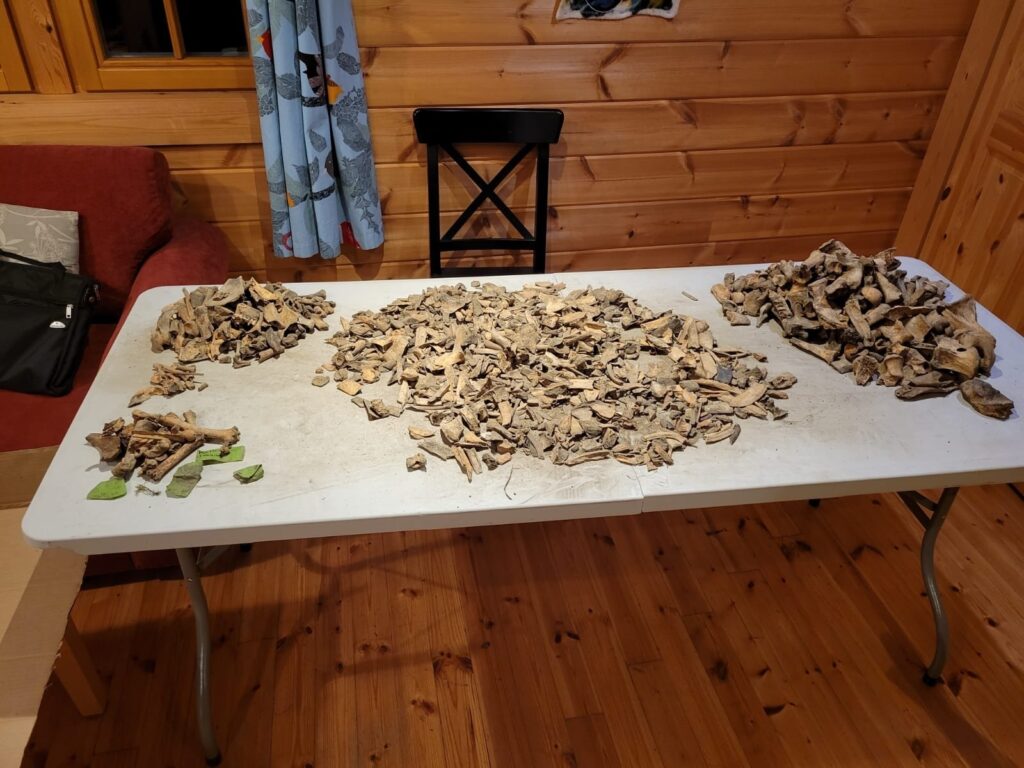The Lough Key Archaeological Project is an ongoing field research project examining the McDermot Lordship of Moylurg in the medieval period. The main focus of the project for the last few years has been ongoing excavations on the Rock of Lough Key, the main caput of the McDermot lords. We will be posting more information about our “mighty campaign” of 2022 here, as well as information about our upcoming 2023 campaign!
The Lough Key Archaeological Project has received substantial research funding from Saint Louis University, University of Minnesota-Morris, Denison University, and, most recently, a very generous Archaeological Excavation Grant from the Royal Irish Academy







